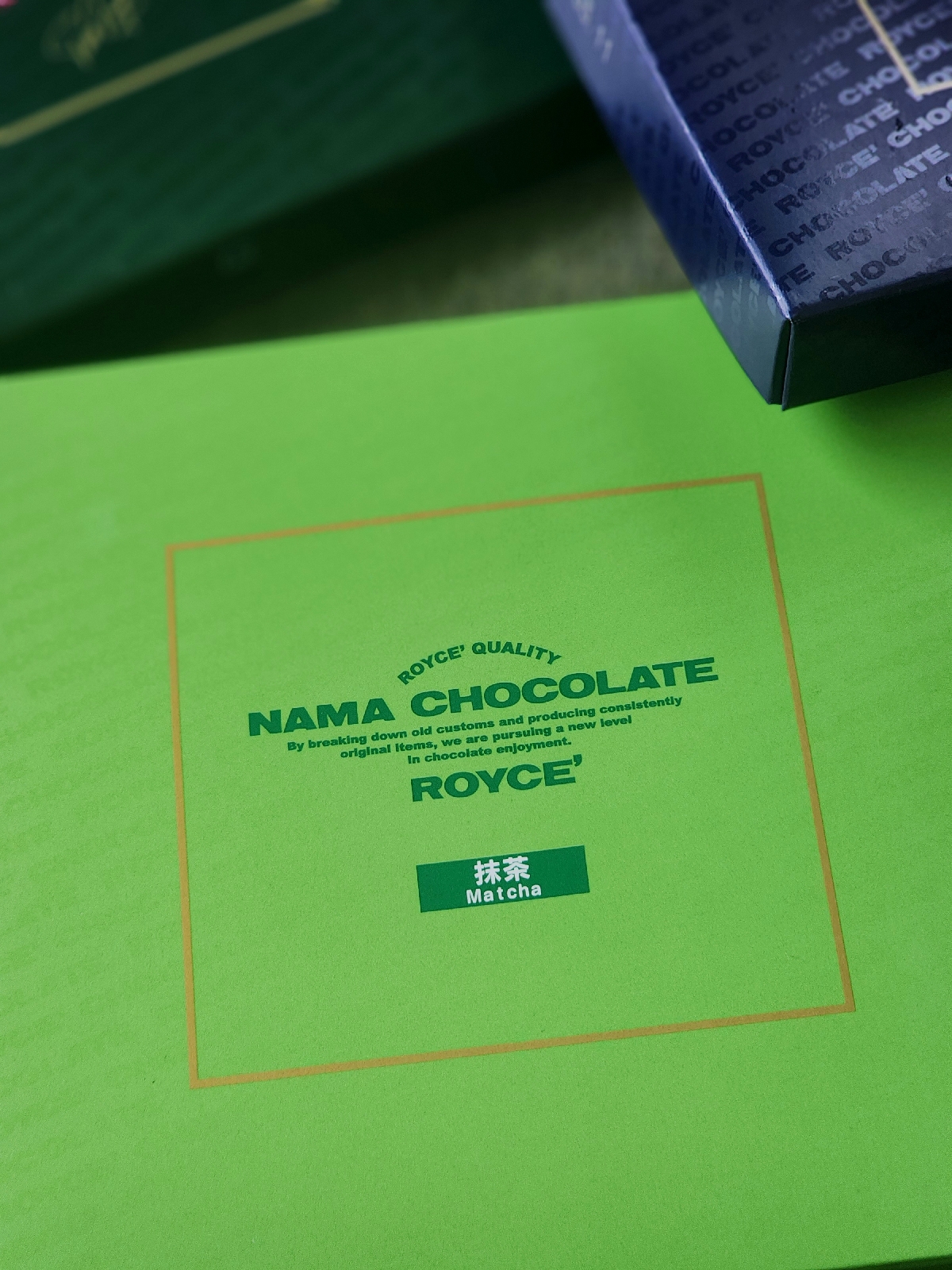FAQs and Glossary.
Frequently and not so frequently asked questions:
Cultivar or Variety, what's the difference?
The two terms are normally used interchangeably, but shouldn't be. A cultivar is a plant that is produced and maintained by horticulturists but does not produce true-to-seed (most cultivars are developed by plant breeders and are called hybrids-thusly, the terms cultivar and hybrid can be used interchangeably); whereas, a variety is a group of plants within a species that has one or more distinguishing characteristics and usually produces true-to-seed. True-to-seed simply means the offspring is genetically the same as the parent. To cultivate a true-to-seed type offspring (a clone) from cultivars, one would have to be vegetatively grown, such as from cuttings, grafting or tissue cultures.
Why are variegated plants so rare?
BECAUSE IT IS NOT NATURAL. You'll RARE-ly see variegated plants in the wild. Why? Darwinism, bitch. Basically all the white parts of the plant you're so stupidly vying for do not produce chlorophyll. It's genetically inferior. Buying variegated plants is like supporting the disgusting unnatural practices carried out by large feline breeders in order to produce albino Tigers.
Which succulents would you recommend to a beginner?
I don't think I can stress this enough: Do your research. I wouldn't necessarily categorize any one plant easier than another. However, something very important to keep in mind is what Plant Hardiness Zone you live in. The United States Department of Agriculture (USDA) created the USDA plant hardiness zone map to help gardeners and growers determine which plants are most likely to thrive in their area. The map is based on average annual minimum winter temperatures, with each zone representing a 10°F range. The zones range from 1 (coldest) to 13 (warmest), but the continental US only ranges from 3 to 10. For greater accuracy, each zone is further divided into “A” and “B”, with A being colder than B. For example, I live in zone 12b. This means that the temperature in this zone typically does not drop to below 55°F to 50°F(12.8°C to 15.6°C), safe to say fairly warm as the scale maxes out at 13b. If I were to get a plant that typically thrives in zone 5a which has a minimum of -20°F to -15°F (-28.9°C to -26.1°C) then I would have to go through extra lengths to recreate a habitat that the plant has evolved to thrive in. My best advice is to stick with plants that you know will do well wherever you live rather than setting yourself up for failure as someone who is just starting out. It's comparable to signing up for a marathon when you mostly lead a sedentary lifestyle.
Key Terms:
Edema/ Oedema:
A physiological disorder that develops when roots take up water faster than it can be used by the plant or transpired through the leaves. Water pressure builds up in the internal cells of the leaves causing them to burst, leaving dead cells that are visible as a blister, primarily on the undersides of leaves. Many succulents are greedy bastards when it comes to drinking and are most susceptible to this condition. You'll see a lot of pictures of these online because people commonly make the mistake of watering them everyday. Most succulents can go for a week or a few weeks without water depending on soil drainage.
Etiolation (leginess):
A pathological condition of plants that grow in places that provide insufficient light, as under stones. It is characterized by elongated stems and pale color due to lack of chlorophyll.
Please feel free to post any questions below!
Update Log:
June 22, 2024 20:41
August 12, 2021 08:45


Comments
Post a Comment